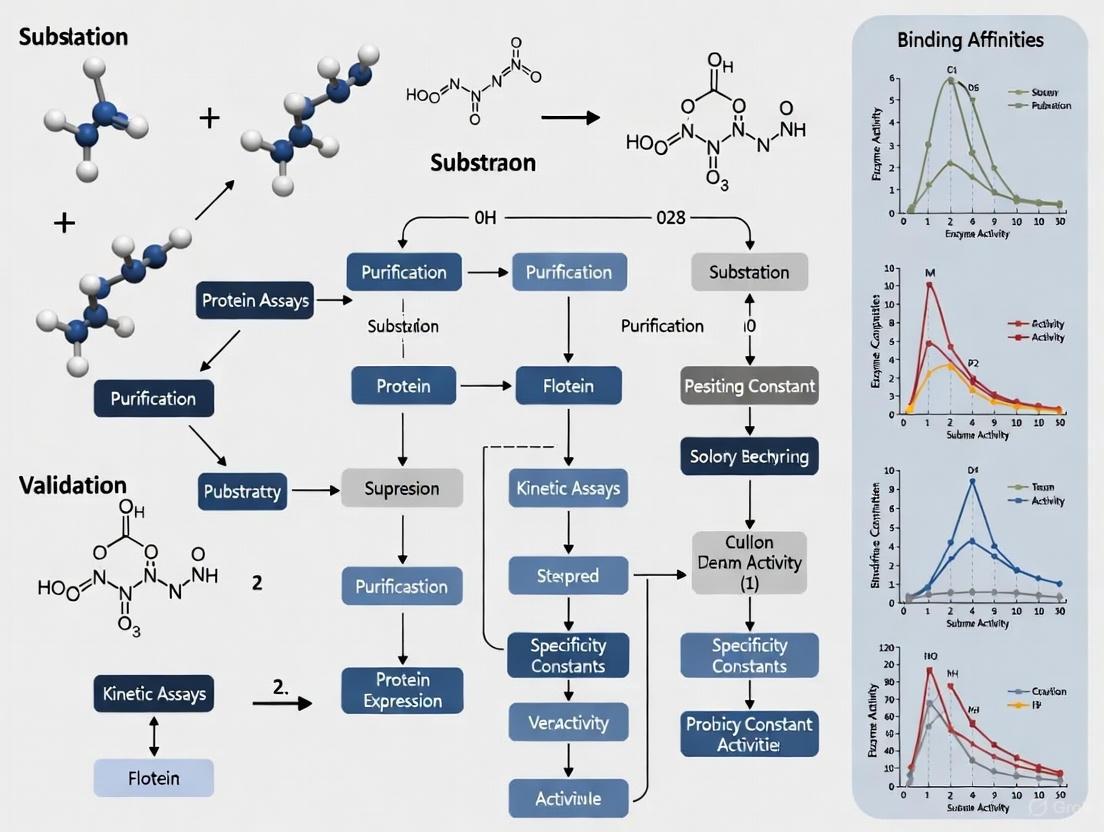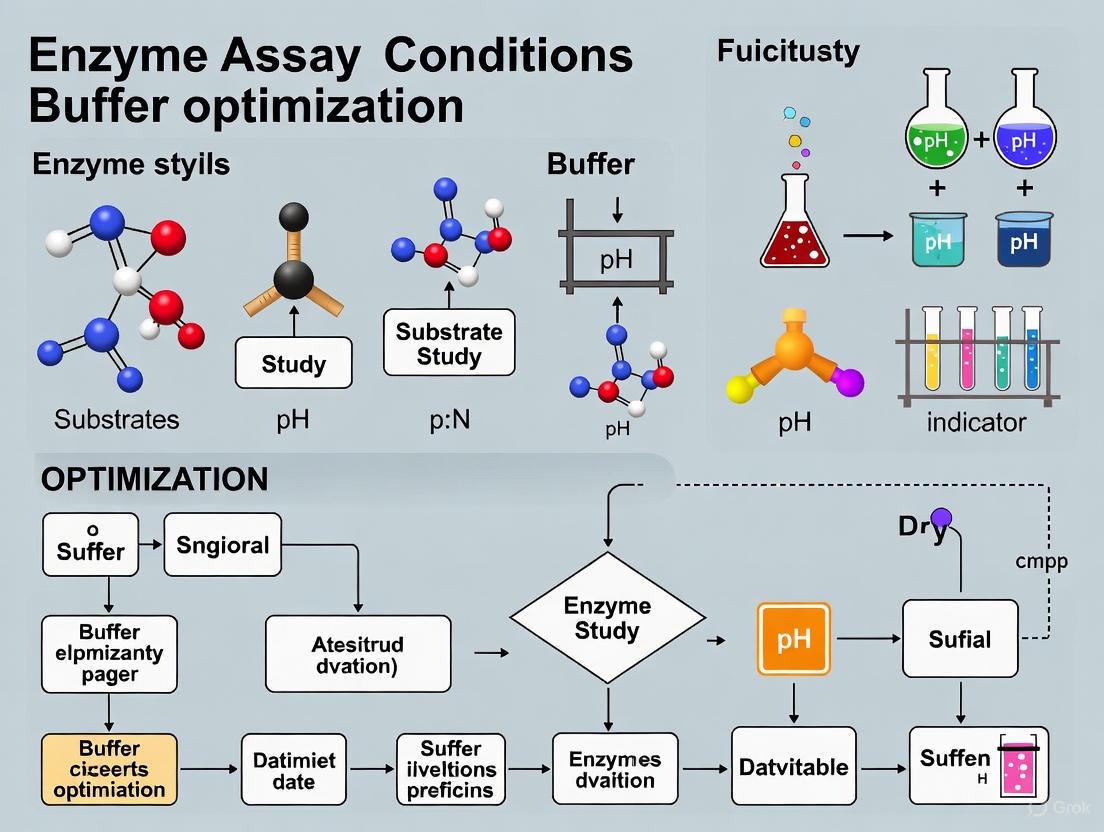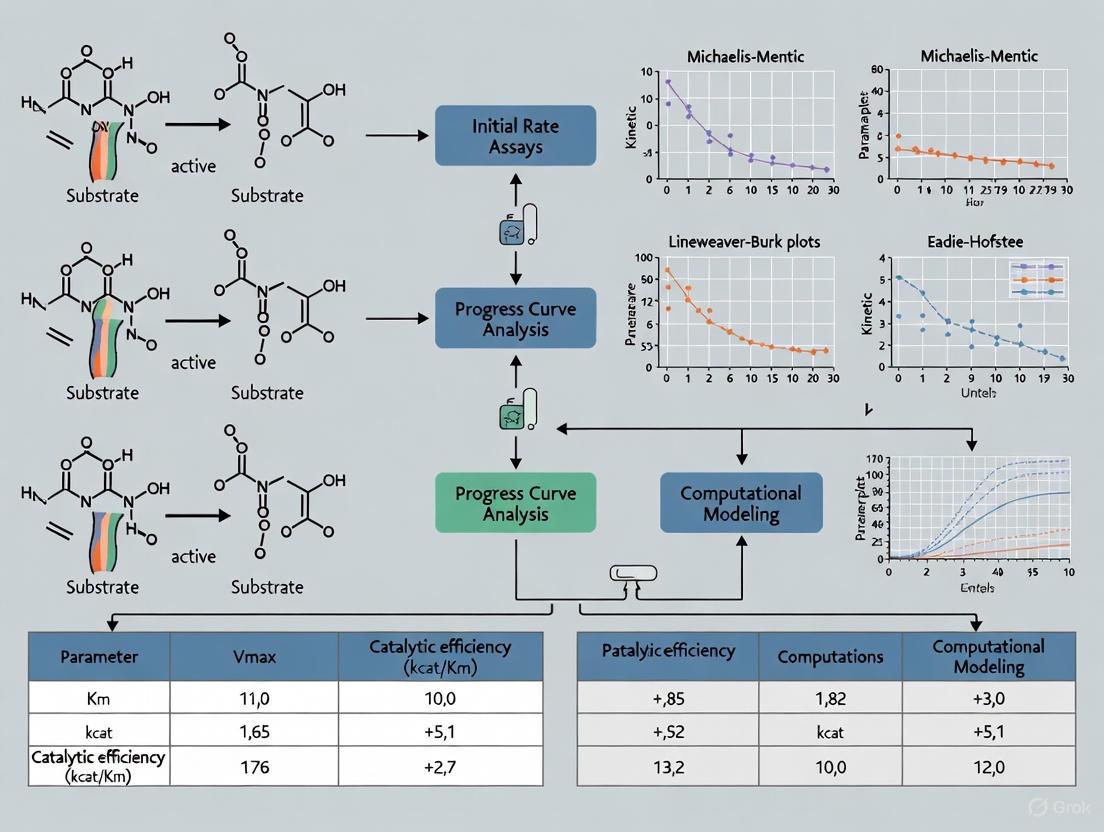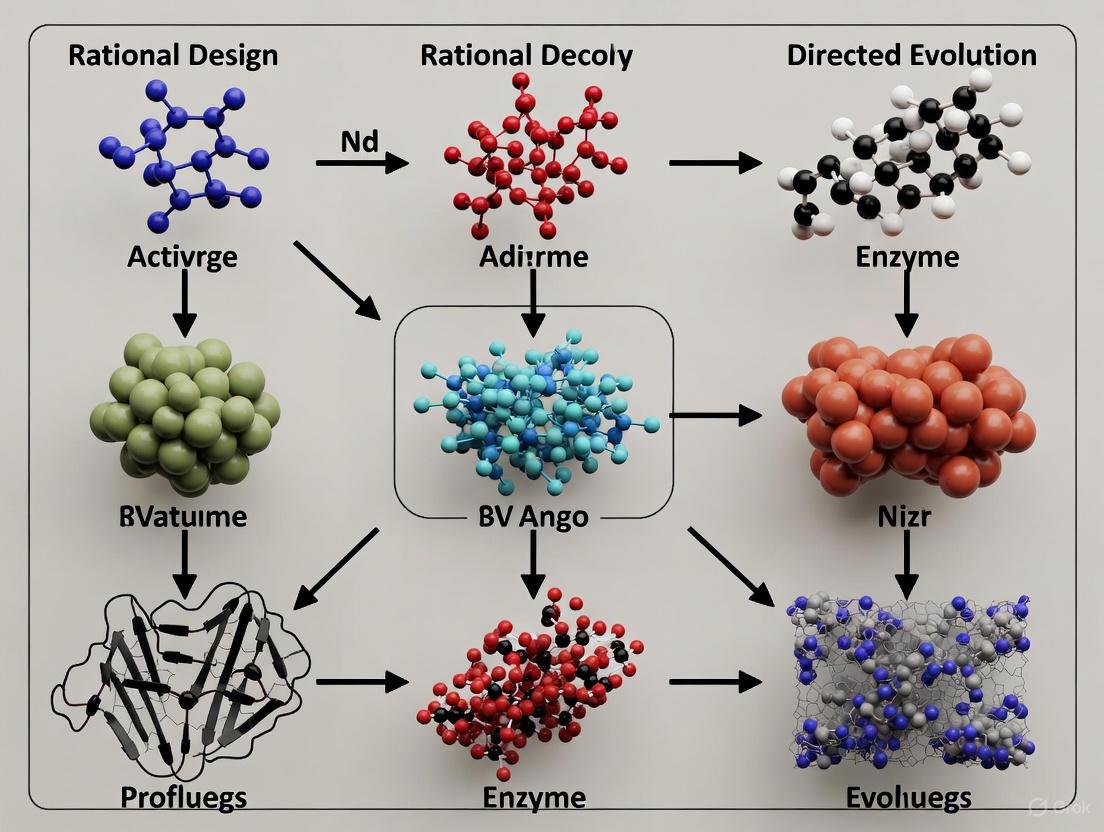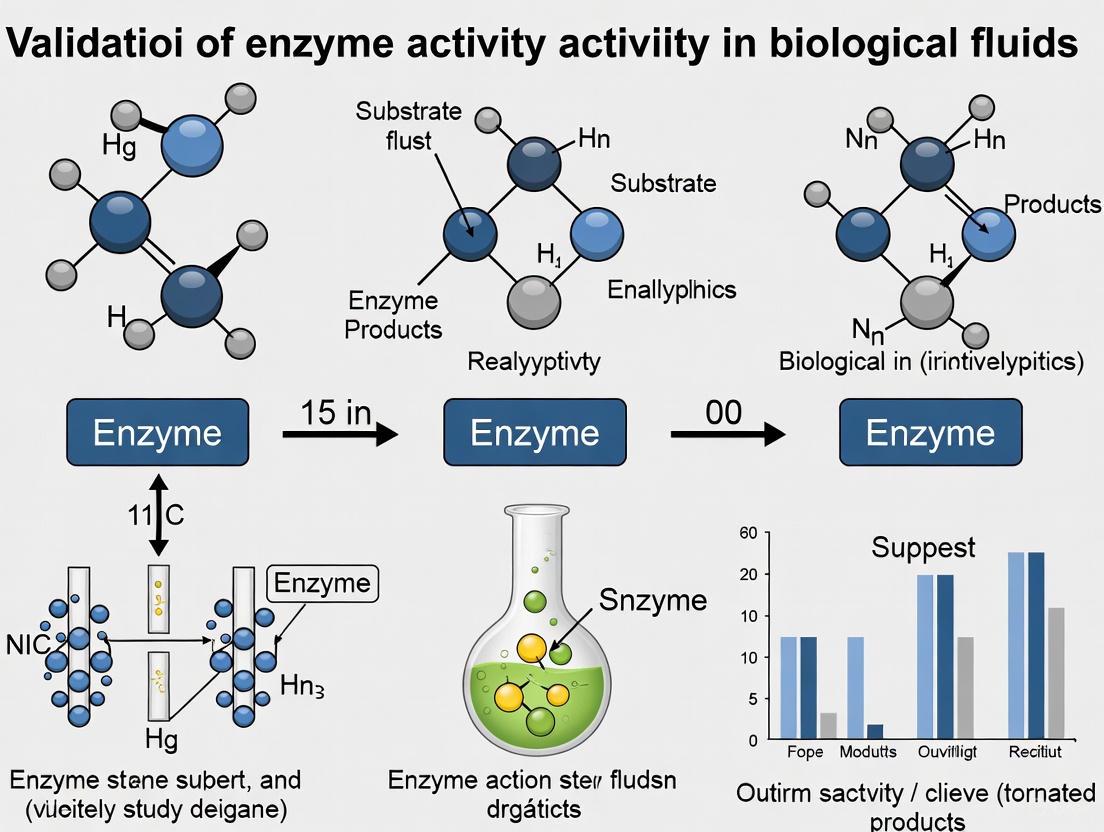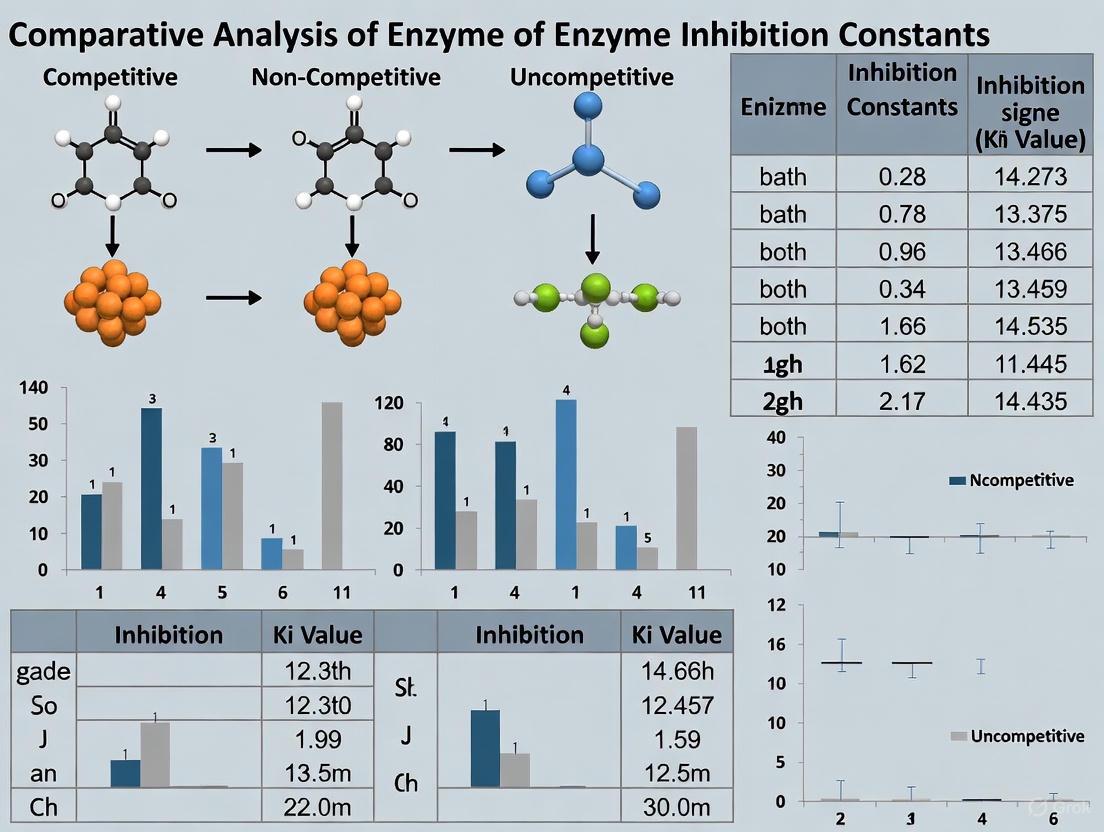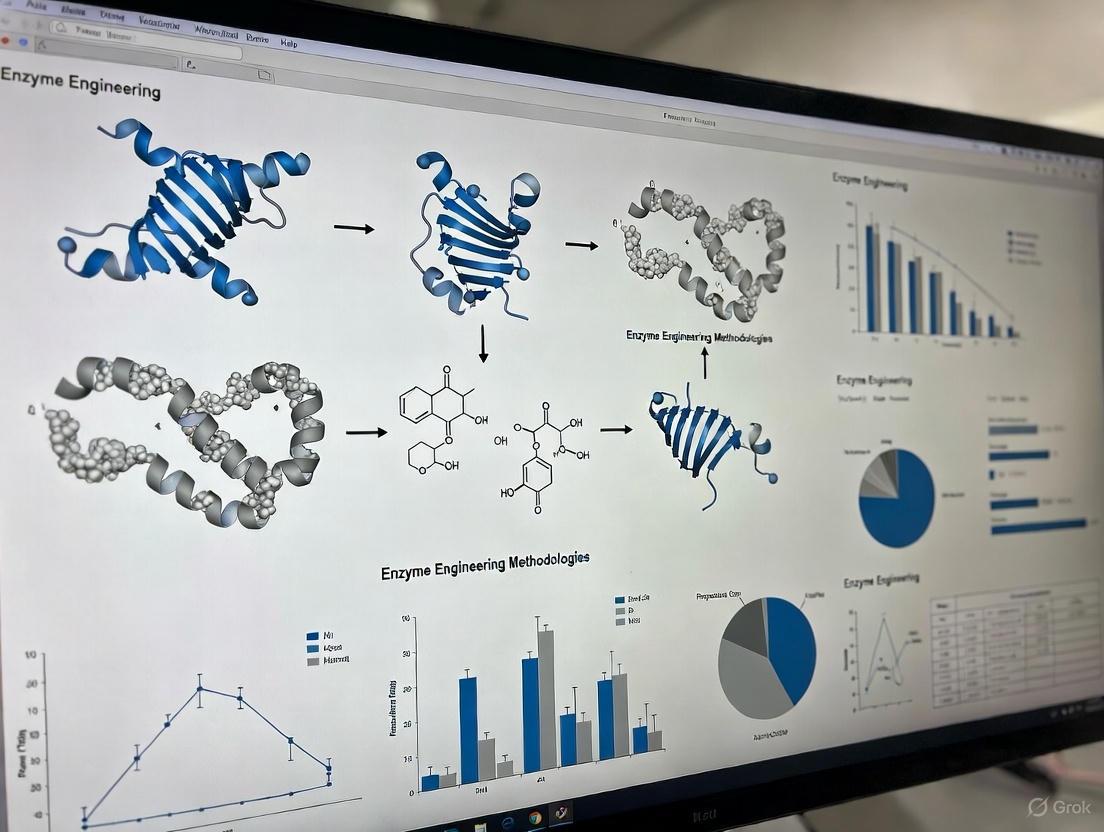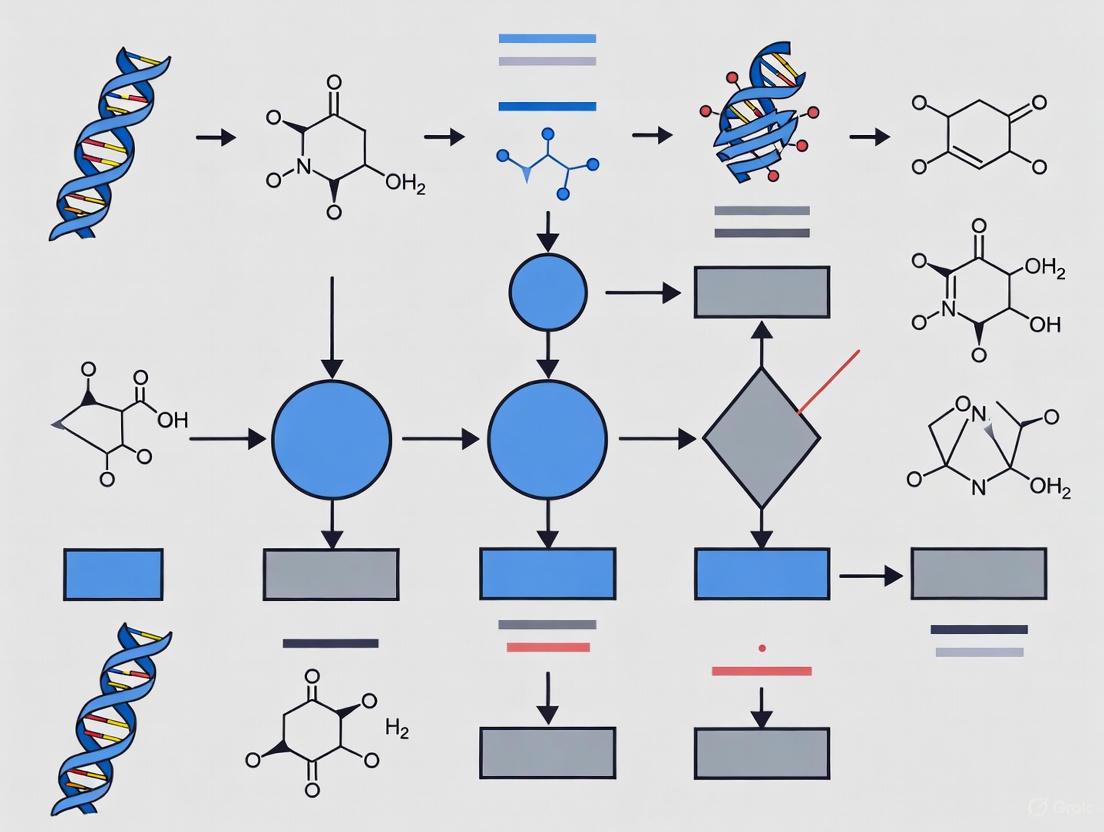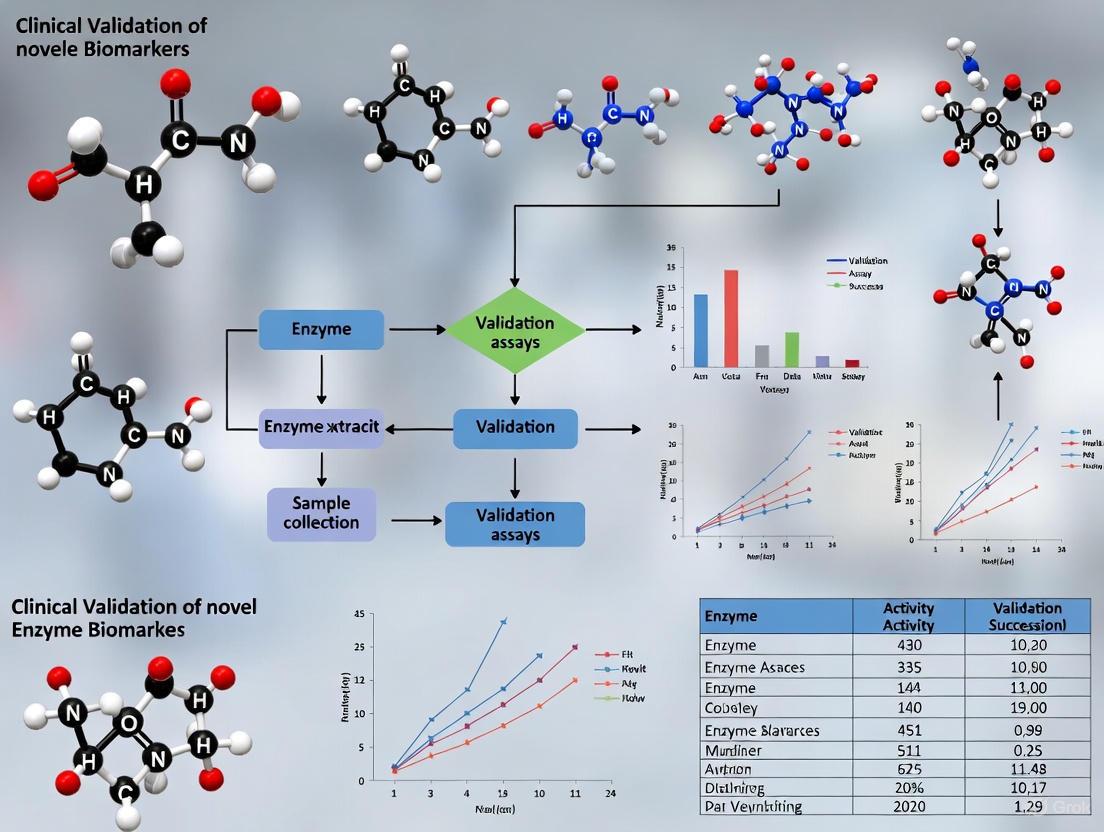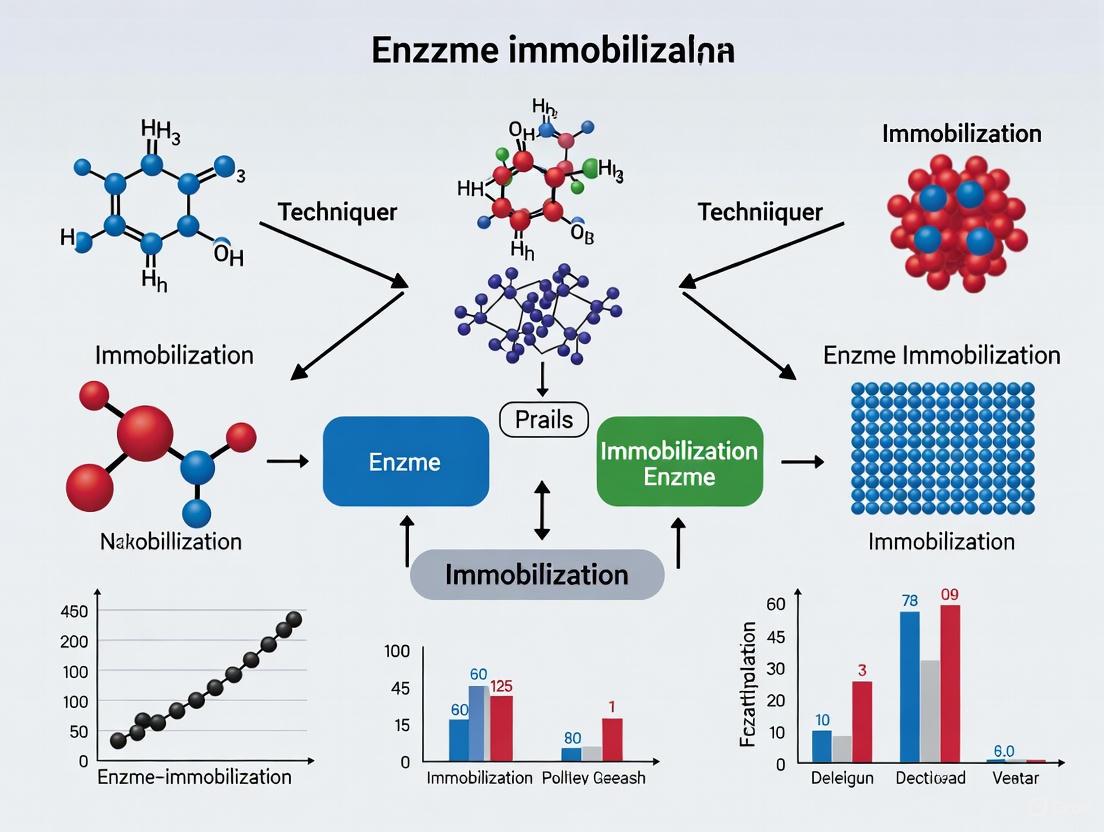Research Articles
Validating Enzyme Substrate Specificity: A Comprehensive Guide from Prediction to Experimental Confirmation
Accurately predicting and validating enzyme substrate specificity is a critical challenge in biochemistry, metabolic engineering, and drug discovery.
Advanced Strategies for Optimizing Enzyme Assay Buffer Conditions: A Guide for Robust and Reproduc Research
This article provides a comprehensive guide for researchers and drug development professionals on optimizing enzyme assay buffer conditions.
Enzyme Kinetic Parameter Estimation: A Comprehensive Comparison of Traditional and Machine Learning Methods
This article provides a thorough comparison of enzyme kinetic parameter estimation methods, tailored for researchers and drug development professionals.
Rational Design vs. Directed Evolution: A Strategic Guide for Protein Engineering in Drug Development
This article provides a comprehensive comparison of rational design and directed evolution, the two dominant strategies in protein engineering.
A Comprehensive Guide to Validating Enzyme Activity in Biological Fluids: From Foundational Principles to Advanced Applications in Drug Development
This article provides a systematic framework for the validation of enzyme activity assays in biological fluids, a critical process in biomedical research and drug development.
Comparative Analysis of Enzyme Inhibition Constants: Methods, Applications, and Best Practices in Drug Discovery
This article provides a comprehensive comparative analysis of enzyme inhibition constants (Ki, IC50), which are critical parameters in enzymology and drug development.
Enzyme Engineering Methodologies: A Comprehensive Evaluation of Machine Learning, Directed Evolution, and High-Throughput Approaches
This article provides a critical evaluation of modern enzyme engineering methodologies for researchers, scientists, and drug development professionals.
Thermostable DNA Polymerases: A Comprehensive Performance Comparison for Research and Diagnostic Applications
This article provides a systematic comparison of thermostable DNA polymerases, essential enzymes in molecular biology and diagnostic applications.
From Discovery to Clinic: A Comprehensive Guide to Clinically Validating Novel Enzyme Biomarkers
This article provides a systematic roadmap for researchers and drug development professionals navigating the complex process of clinically validating novel enzyme biomarkers.
Enzyme Immobilization Techniques: A Comparative Guide for Biomedical Research and Drug Development
This article provides a comprehensive analysis of enzyme immobilization techniques, tailored for researchers and professionals in drug development.
